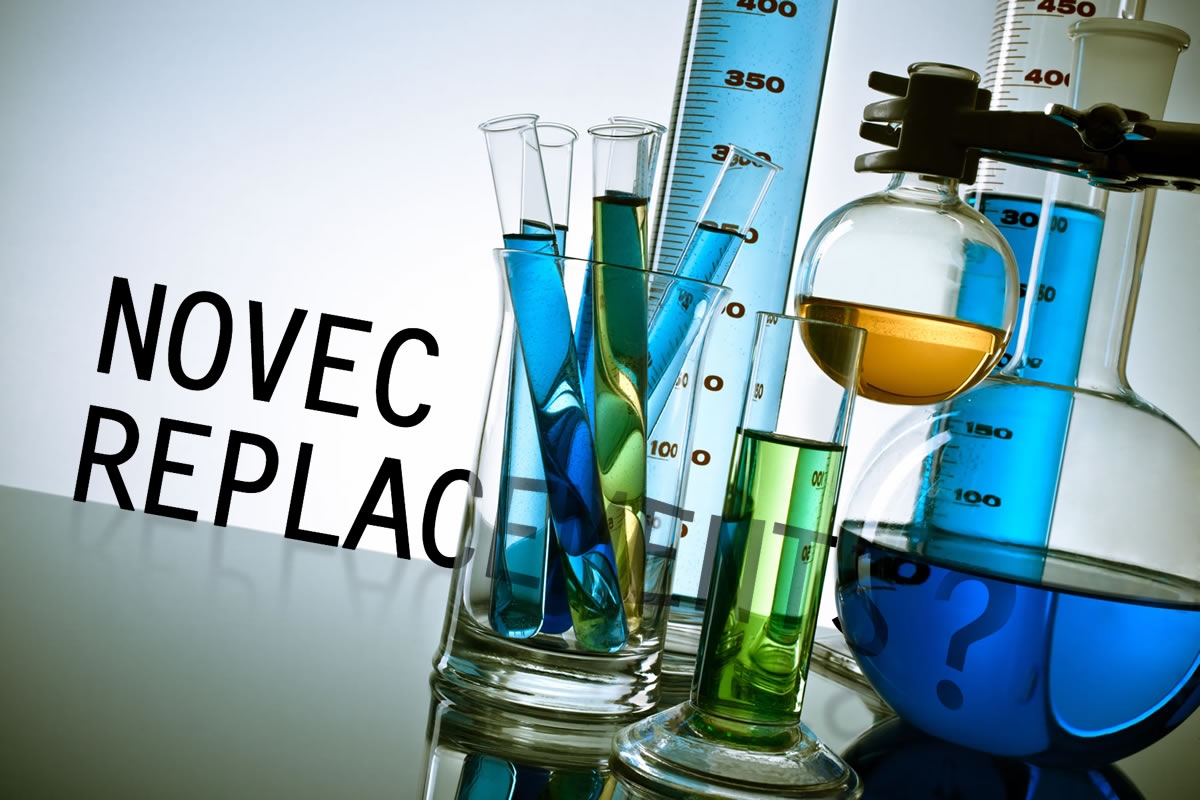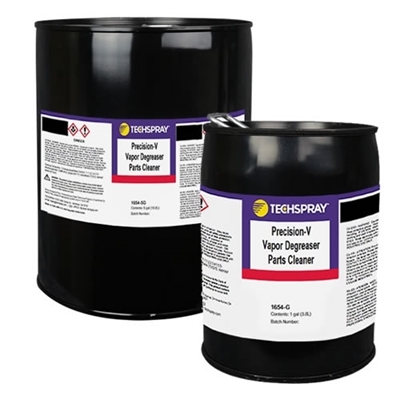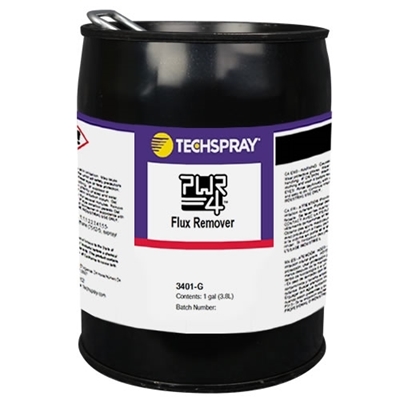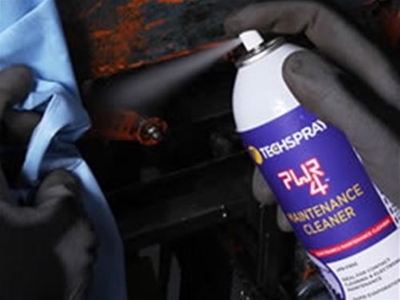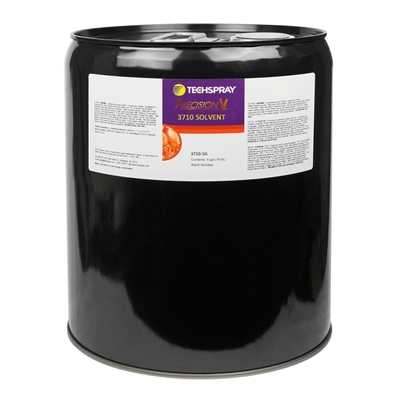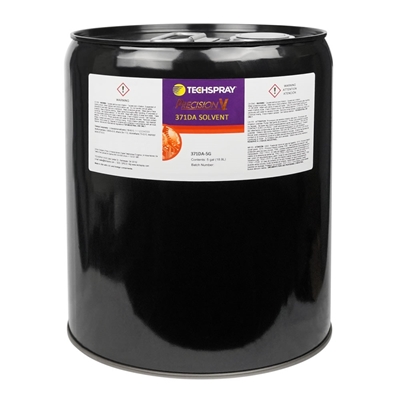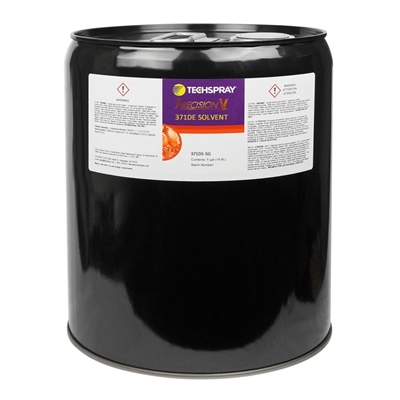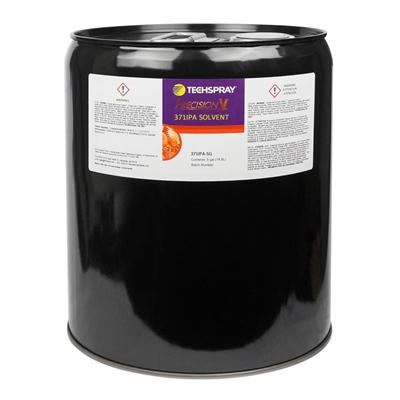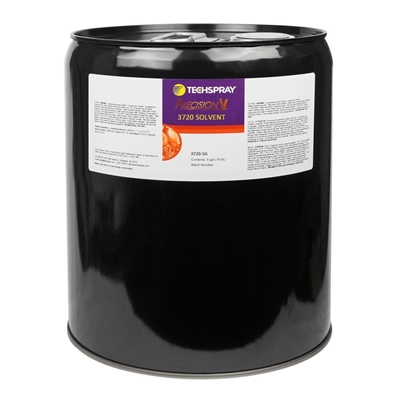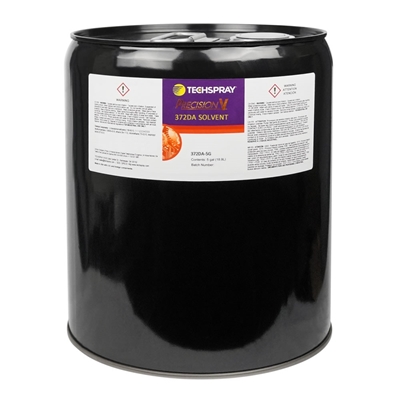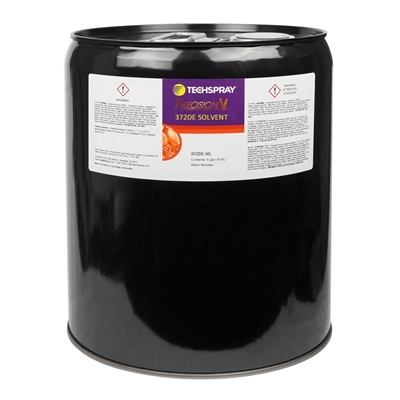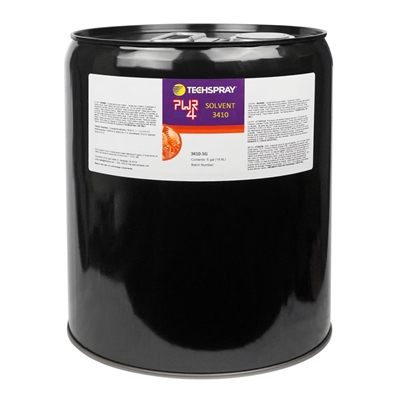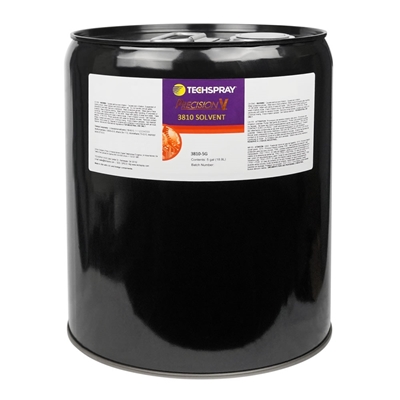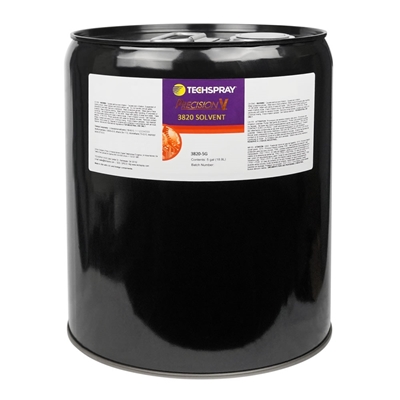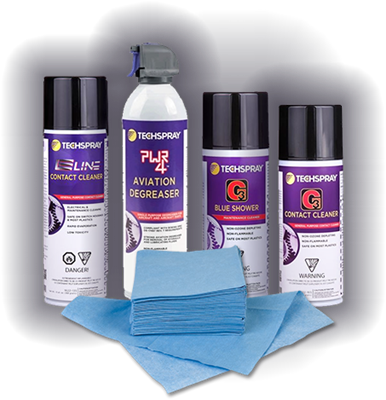After markets reopened with a vengeance after the lifting of COVID-19 restrictions, supply chain shortages continue to be an issue. These have led to shortages, long lead times, and extreme price increases. This is challenging enough for commodity products, where one could find new sources from the global marketplace. What really gets facility managers sweating is when it is a unique qualified material used to manufacture an IPC class 3 (mission critical) product, common in aviation and medical devices.
Currently, companies are scrambling to identify and qualify replacements for common solvents used for vapor degreasing: 3M Novec 71DA, 71IPA, 71DE and 72DE. 3M’s Belgium-based chemical processing plant has been shut down (as of May ’22) due to stringent discharge standards of PFAS.[1] The loss of this production capacity has led to global shortages of Novec-branded solvents.
Vapor degreasing cleaning equipment use solvent vapors to cleanse and remove contaminants from parts. This process is used to clean various materials during the manufacturing process such as plastic, glass, metal, gold, and ceramic. In almost any industry where precision cleaning is paramount to the manufactured parts vapor degreasing can be found. It is common in the automotive, aviation and aerospace, medical device, jewelry, and electronic assembly industries.
Techspray has been supplying critical application vapor degreaser solvents for decades, including popular HCFC-141b and AK225-based products. More recently, Techspray has introduced PWR-4 vapor degreaser solvents to fill the need for critical cleaning materials that are both effective and safer than many of the alternatives, like n-propyl bromide.
With all of that experience providing critical cleaning solvents, we are able to provide these 7 tips to help companies go through the process of identifying and qualifying replacements for 3M Novec vapor degreasing solvents like 71DA, 71IPA, 71DE and 72DE.
Tip 1: Don’t Limit Your Search to an Exact Cross
It is best to accept that any replacement for your current vapor degreaser solvent will be different in one way or another. If you go to a chemical supplier looking for the exact same properties, they almost have no choice but to offer back what you are already using. And odds are, the supplier will run into similar supply problems, so you will be back where you started.
Tip 2: Understand The Criteria That is Most Critical to Your Application
So if you shouldn’t require an exact cross, where do you start? Deciding between alternative solvents is a matter of deciding between trade-offs. The first step is to identify why the current solvent fits well within your application requirements. If you can provide that list to a chemical supplier, they will be able to narrow down the best potential replacements. The following are common criteria:
- Cleaning performance – Keep in mind this is dependent on the soil and process. You won’t really know how a replacement performs until it is tested with a design of experiment (DOE) as close to your process as possible.
- Sensitive materials – If your products contain polycarbonates, rubber gaskets, and chemically sensitive components, you’ll need to select a solvent with compatibility in mind.
- Azeotropic – Any solvent under consideration is almost guaranteed to be a blend of several solvents. For example, Novec 71IPA contains Novec 7100, isopropyl alcohol (IPA), and other materials. To work in a vapor degreaser, all of the constituents need to boil at the same temperature, so as the solvent is vaporized and reconstituted hundreds of times the properties don’t change. In this example, you want to avoid the percentage of IPA from increasing and creating a safety issue. In true azeotrope solvents, the combination of solvents boil together, so won’t drift even when run through a reclamation process. Terms like “near azeotrope” or “azeotrope like” are used when under normal use, the solvent will act like an azeotrope. For most applications, that should work just fine. If a reclamation process is normally used, you might want to consider this as a key criteria.
- Flammability – Vapor degreaser solvents are generally going to be nonflammable as defined by the Global Harmonized System (GHS). For oxygen system cleaning, the requirement is either a single nonflammable component or true azeotrope to ensure that the performance properties will remain constant.
- Regulatory compliance – Volatile organic compounds (VOC) and global warming potential (GWP) could come into play depending on federal and local requirements, and exemptions that you qualify for. US chemical suppliers will generally only offer solvents compliant with EPA requirements. If you have other regulatory requirements, e.g., regional requirements like South Coast Air Quality Manager District (SCAQMD) or industry specific requirements like aviation NESHAP, let your chemical supplier know.
- Toxicity – Traditional vapor degreasing solvents like n-propyl bromide (nPB), trichloroethylene (TCE), and perchloroethylene (perc) have fallen out of favor because of health concerns like lung cancer, renal failure, impact on cognitive functioning, and reproductive effects. Look out for these ingredients and before considering them, and factor in the cost of required ventilation and PPE to maintain a safe working environment.
Tip 3: Don’t Get Too Deep Into The Chemistries
Engineers leading the search for replacement solvents will often try to build ingredient lists for comparison. One issue is the difficulty of building comparative lists when you are often dealing with proprietary formulas. Chemical suppliers do not generally pass out their formulas freely without non-disclosure agreements (NDAs) in place. In addition, as mentioned in Tip 1, it is unlikely you will find an exact match. You will find significant differences and then will need to figure out the relevance to your key criteria. Start with your criteria list, and let your chemical suppliers fill in the blanks for what they are recommending.
Tip 4: Define Your Cleanliness Requirement
Before you can develop a testing protocol, you need to establish what is considered clean. For class 1 electronics, this could be a visual check at 10X. For class 3 mission critical electronics, Surface Insulation Resistance (SIR) might be required for long-term reliability assurance. Implantable devices could require testing the final device for bacterial or fungal contamination.
Tip 5: Be Ready to Explain Your Process
The goal is to find a drop-in replacement so you don’t have to change your cleaning process. The only way to test for that is to document your process. For initial qualification, the process can be replicated, and then only changed as needed. Important process parameters include:
- Time submerged in boil sump.
- Whether ultrasonics are included in the sump.
- Time in vapor phase.
- If repeated, how many times?
- Is a spray wand being used?
- Any offline cleaning?
Tip 6: Flexibility In Your Process For Better Results
It is very, very unlikely you will find a vapor degreaser solvent that is a true drop-in replacement, not requiring any change to your process. It is understandable that you want to maintain your production throughput, but it is best to be open to other changes within the process to optimize cleaning performance. Since a change is required by circumstances anyway, this is your opportunity to improve or optimize your process, and a good chemical supplier like Techspray will help you do that.
Tip 7: Ask for Help
You are an expert in your own product and processes. It can be overwhelming to educate yourself on chemistries and cleaning processes in a short period of time. Find a trusted chemical supplier and ask for help. Techspray has the products, personnel, and testing capabilities to make the qualification process as painless as possible.
Techspray PWR-4 Vapor Degreasing Solvents
Companies across industries are turning to Techspray as a replacement supplier for expensive and difficult to find 3M Novec solvents. Our PWR-4 High-Performance Vapor Degreaser Solvents are a safer and more cost-effective alternative. They remove oil and contaminants from contacts, printed circuit boards, metal parts, and more.
Advantages include:
- Available for immediate shipment
- Lower cost
- Stronger cleaning performance
- Effective on a wide variety of soils
- Low toxicity – ideal replacement for nPB
Techlab Qualification Lab
Techspray’s TechLab offers a state-of-the-art cleaning, coating and analytical services to help customers qualify new products and optimize their processes. Cleaning equipment includes inline, batch, ultrasonic, and vapor degreasing systems. This equipment allows us to better duplicate your production environment for process optimization and troubleshooting.
Contact Techspray at 678-819-1408 or info@itwcce.com for free TechLab qualification testing. We are available to help qualify new cleaning processes, evaluate current processes, or troubleshoot contamination issues.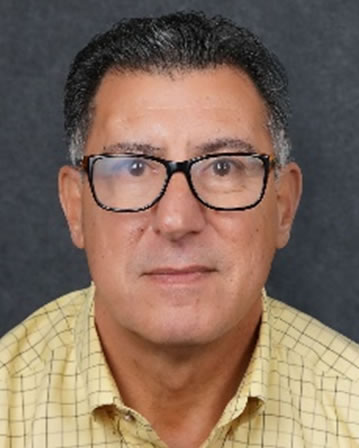
Enrique Francis
Field Engineer / Business Development Manager
efrancis@itwcce.com
Resources
[1] The Brussels Times, by Lauren Walker, 8 March 2022, “Belgium rejects 3M appeal and tightens regulations on hazardous chemicals”. https://www.brusselstimes.com/209902/belgium-rejects-3m-appeal-further-tightens-standards-regarding-hazardous-pfas
https://www.techspray.com/epa-considers-n-propyl-bromide-npb-an-unacceptable-risk-for-degreasing

